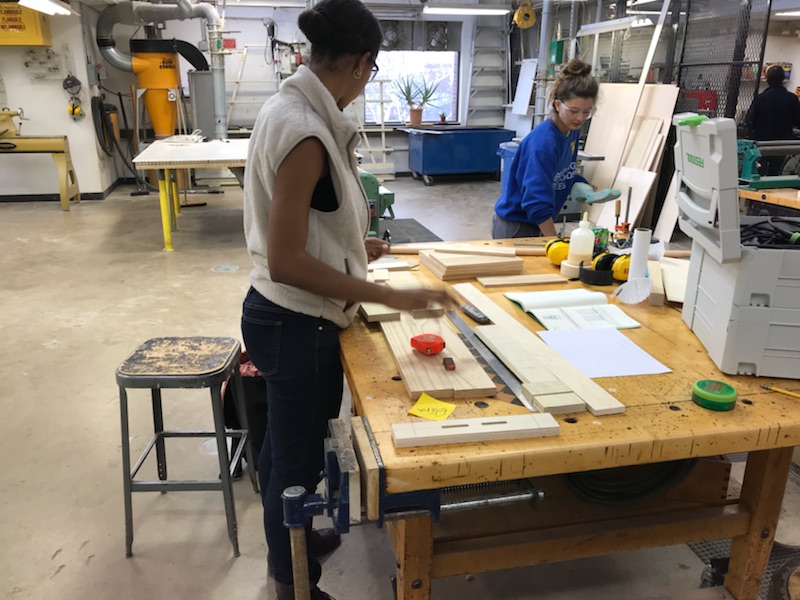Role Individual Project | Team Individual Project | Timeline September 2017-December 2017 | Client Co-Lab competition at the PMA
Built to satisfy the needs of the modern family, Cradle is an elegant upgrade for storing fragile and precious objects. With flexible storage surfaces suspended between two embracing end pieces, Cradle gently but securely hugs anything from porcelain dish-ware to something as delicate as an egg, keeping everything safe from bumps and vibrations.
Curiosity
The Brief:
Design a reproducible piece of furniture that is the focal point of a room and incorporates storage that reflects the designer Patricia Urquiola’s use of bold color and unconventional shapes. The brief was provided by the Philadelphia Museum of Art’s Collab Student Design Competition.
I interviewed 6 families in 3 states about the use of their kitchens.
Insights:
Most American families treat their kitchens as congregation and dining hubs as well as spaces for cooking
Because of different physical abilities or heights, certain storage areas many kitchen layouts are impossible for everyone in the family to access
Developing Solutions: Given how families use their kitchens, I set out to make a storage option that reflected the flexible, multi-use of the kitchen and gave safe access to everyone in the family to the things it stored.
Creativity
Early Concept Sketches
The earliest conception of Cradle came out of an exploration of how organic forms can be integrated into the home and used as storage. Thinking of people with limited physical abilities and height, I liked the idea of creating a storage solution that could keep things secure by ‘hugging’ them.
First Prototype
The first prototype of Cradle was built using wood, MDF and brass rods. The MDF is cut into flexible 'living hinges' using a laser cutter. Finding the right pattern to cut into the MDF was critical in determining how rigid/flexible each ‘shelf’ would be, and took weeks of iteration. The model is 13" x 9".
The Final Prototype
In order to bring Cradle up to full scale, it was clear that the orientation needed to be flipped from vertical and standing to horizontal and wall mounted. This solved an important reproduction problem: Cradle could be tiled to fit into any space, be it a backsplash in a kitchen or an entire wall.
Cradle’s ‘shelves’ are made from high density closed cell black foam, a material that is both elastic and has great tensile strength. The waves are held in place by wooden end pieces on each and spaced by suspended bass rods running from end to end.





